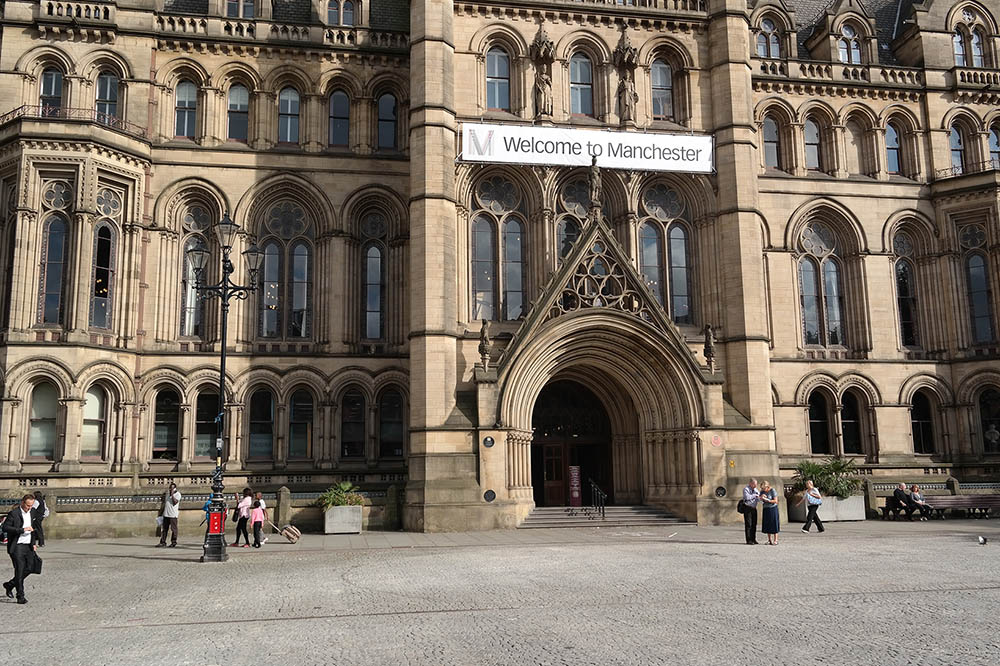Article first published at The Earthbound Report by Jeremy Williams on 29/01/2020
This morning I was packaging up a large card that I made with my son last week. It’s addressed to the council, thanking them for declaring a climate emergency, and signed by members of our local Extinction Rebellion branch. Luton is now listed among dozens of regional declarations across the country, varying in size from the village of Welcombe (population 187) to the Greater London Authority (over 8 million).
But how many countries declared climate emergency so far?
The most recent declaration was Spain. Their new government called it last week, and intends to deliver a climate plan in their first 100 days. Spain is highly vulnerable to climate change, especially water shortages. Talk of emergency does not sound like hyperbole in a country that could see its Southern territories turn into a desert if current rates of change continue.
Another country that is all too aware of the emergency is Bangladesh, which was the first developing country to make a declaration. They called it a ‘planetary emergency’, passing a motion through parliament unanimously in 2019. In the words of the proposing MP, Saber Hossain Chowdhury: “For the first time in human history, our planet faces a series of converging crises, all on the same timeline – global warming, disasters, extreme weather events, biodiversity loss, acidification of oceans, water stress, food insecurity, planetary overshoot. A perfect storm is brewing and we must act now before it’s too late.”
In Latin America, Argentina was the first country to make a declaration, led by the Fridays for the Future movement. Youth activists, known as ‘Los Pibes de Greta’, played a key role in forming alliances, building relationships and pressing for change.
There are several others, including the EU Parliament’s declaration. Then there are all the thousands of cities and regions that have taken the step. It’s also worth mentioning that the whole idea of a climate emergency declaration comes from Australia. It was Green Party councillors in a district of Melbourne, Darebin City Council, that moved first back in 2016 and inspired the whole phenomenon.
But what’s the point?
These declarations are largely symbolic. It’s unusual to find an elaborated plan of any kind attached, so at best they serve as a starting point. What’s the value of countries declaring climate emergency?
First, it draws a line in the sand. Whether the measure passes unanimously or not, it serves to end the debate over whether action on climate change is necessary. It allows authorities to take responsibility and show that from now on, it’s on the agenda. This shouldn’t be needed in 2020, but it is.
Second, it frames climate change as an emergency. That involves a recognition that action up to this point hasn’t been enough, and that more is needed. It injects urgency into carbon reduction plans. It’s easy to push the risk of climate change into the distance by talking about 2050 or 2100. An emergency declaration acknowledges that it is a clear and present danger, if not for us yet, then for those at the sharp end of climate breakdown.
Third, it gives campaigners something to hold their authorities too. It’s a leverage point. When a government declares an emergency, it’s a statement of intent that they are now accountable to. We can call them back to that, asking what concrete plans they have, or calling them out when their actions are going in the wrong direction. But, They have declared Cimate Emergeny, at least.
Finally, every new announcement adds to a wave of declarations that are setting a new standard. The pressure can work in both directions, with national declarations promoting local action, or lots of local actions pressuring the government to act. That works for all authorities, not just political ones. If your university, church or workplace is ignoring the climate crisis, there is a multitude of declarations to point too to show that we expect more.
What’s in Greater Manchester?
Greater Manchester does things differently, or it is the motto. Actually the bureaucracy moves slow, no matter where. Yesterday the Neighbourhoods and Environment Scrutiny Committee met to agree about the Carbon Neutral Plan. There was no agreement and no even a plan. At least they had declared Climate Emergency in July, 2019.

The plan was supposed to be presented by Tyndall Centre and Manchester City Council. But they did not finish on time for the councillors have proper deep scrutiny on it. So finally they only agree to meet again to discuss what it was supposed to be discussed yesterday. It was quite bizarre.
The draft which The Green Bee had access, had some interesting points. It mentioned Building and Energy as the main driver for carbon emissions. Transport as one of the direct move that citizens could do to tackle the climate emergency. The council recognise its essential role for changing the general behaviour in recycling, consumption and behaviour. It also declares the urgency; however, its actions are far behind their words.
